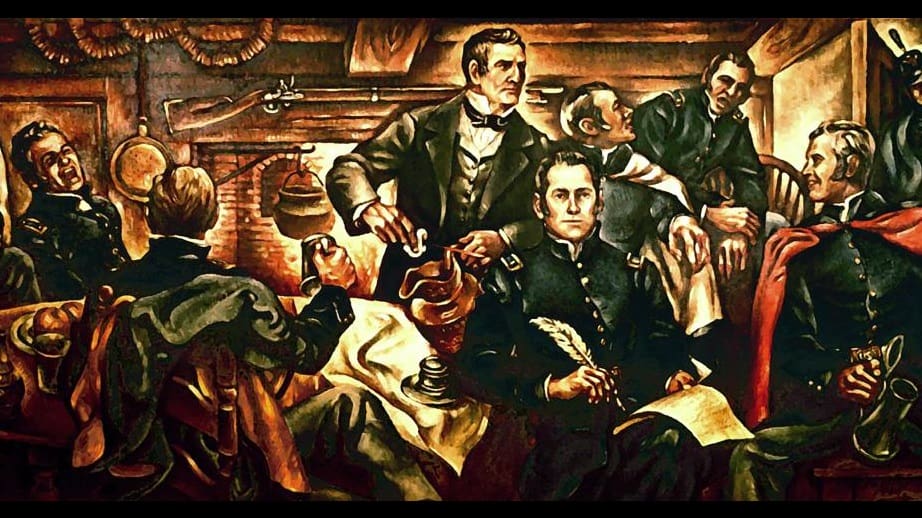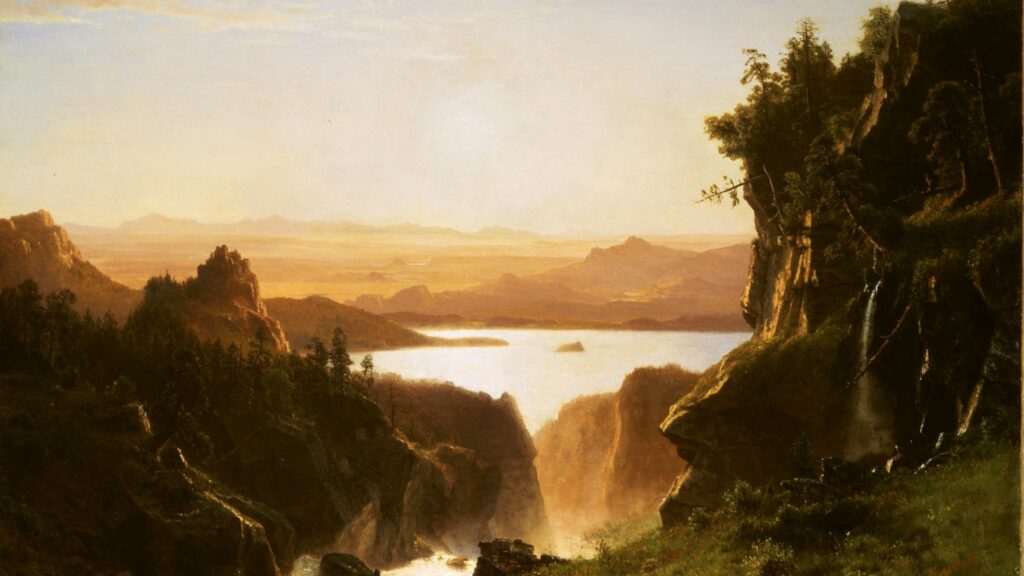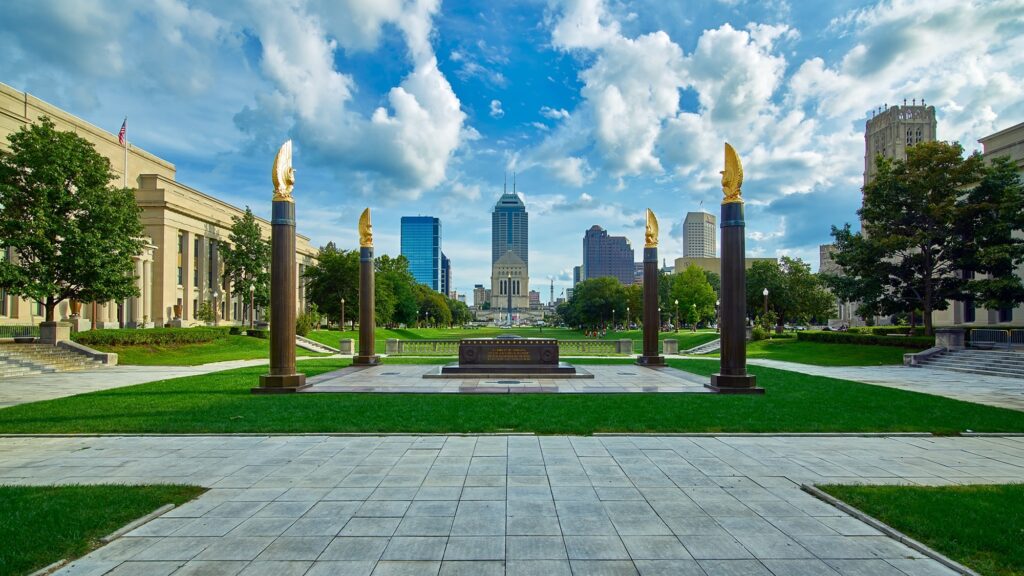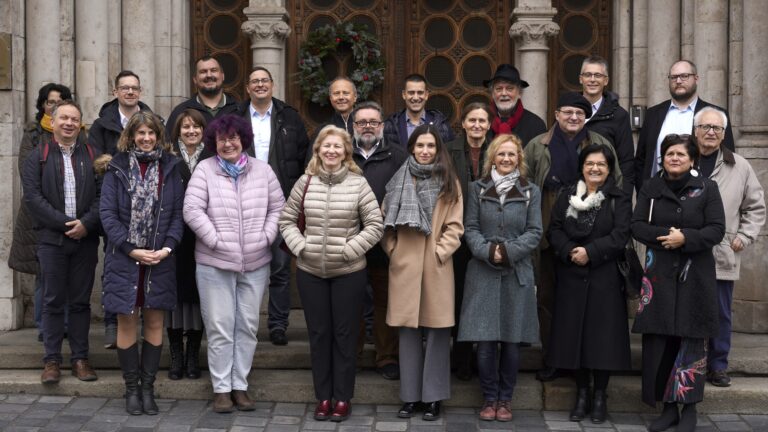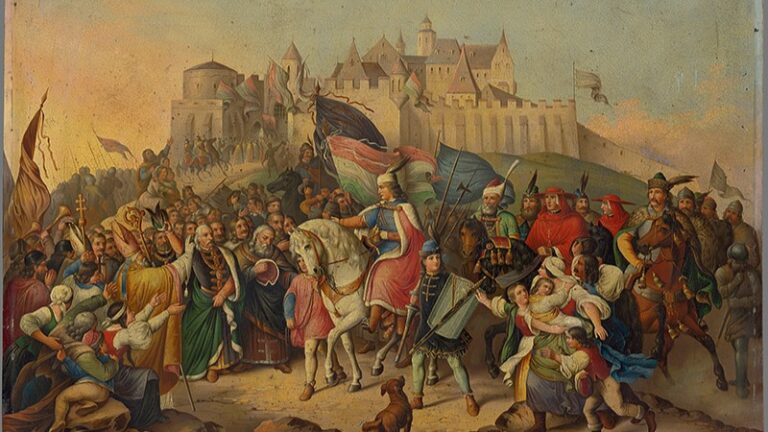Heavy drinking and Christmas Eve may not seem to be a suitable pairing nowadays. These days, Christmas is usually reserved for quiet family time, while New Year’s Eve is for letting loose with hopefully a manageable amount of alcohol. However, back in 19th-century America, it was actually quite common to get drunk on both Christmas and New Year’s Eve; as well as on any other holiday, such as the 4 July. Well, it did not need to be a holiday even—the alcohol consumption in the early United States would put today’s Germany or Czech Republic to shame.
Part of it had to do with sanitation: water treatment technology was not on the level where it would have been safe to have your water fully supplied from the public plumbing system. So, people drank better-treated alcoholic beverages, beer, wine, or whiskey, instead. The overconsumption of spirits by the general public led to the temperance movement in America in the mid-19th Century, which ultimately culminated in the infamous Prohibition Era in the early 20th Century.
We write all that just to let you, the reader, know that what the young cadets in the famous West Point Military Academy were planning on doing for Christmas Eve 1826 was not as sacrilegious as it may seem today. Leading up to the holiday,
the young military men were planning on smuggling alcohol into their barracks for a Christmas party.
They had been under the strict rule of Superintendent Sylvanus Thayer all year, which included a full ban on the consumption of alcohol. Initially after he took over the Academy, earlier classes were allowed to drink on holidays. However, that ‘privilege’ was eventually taken away by the stern Colonel—and the young men of West Point could not let that injustice slide.
The primary instigator of the chicanery was none other than Jefferson Davis.
I guess you could say the future US Senator for Mississippi, aged 18 at the time, was showing his skills in leading a rebellious crowd early on—he later became the President of the Confederate States of America. Ironically, this ‘rebellion’ still turned out a lot better for him than his time heading the Confederacy.
He was quite successful in his efforts to get as much ‘booze’ into West Point as he could while going unnoticed. He managed to get an—even for the time—impressive two gallons (7.5 litres) of moonshine whiskey and a gallon (3.8 litres) of rum into the barracks without raising suspicion. Keeping in line with the holiday spirit, the cadets did not drink that all raw. Instead, they cooked it into eggnog, a traditional Christmas drink in the US to this day.
The real trouble did not start until the early morning hours of Christmas Day 1826. Helped by an additional gallon of whiskey for good measure, which somehow got smuggled in during the Christmas party, the cadets started to get really rowdy. The academy staff, who were probably not on their highest alert either due to the holiday season, was at last awakened by the noises a crowd of drunk teenage boys were making.
Captain Ethan A. Hitchcock was the first one to confront the holiday crowd. Jefferson Davis, who was notorious for seeking out to nearby taverns in his West Point years, actually benefited from his drinking experience. He was composed enough, despite the copious amounts of eggnog he consumed, to know when it was time to end the party. Once they were found out by Captain Hitchcock, he simply went to his room to sleep his drunkenness off.
Some of the rest of the cadets, however, were not in a condition to make such a wise choice. Instead, they went for their weapons
—which is never a good idea while being belligerently drunk. Captain Hitchcock was even fired upon by a pistol, but thankfully, the bullet missed. Lieutenant William A. Thornton, who came to the Captain’s aid as things got out of control, was actually bruised after being hit in the head by a piece of wood.
No Title
Enjoying some Eggnog at home? Then why not join Matt and Zoey’s Christmas charity by installing Tab for Cats to help our feline friends find their forever homes? https://tabforcats.org/extracredits Or if you would like to see other great causes you can provide real help to with just a few clicks, please check out these other worthwhile Tab For A Cause charities: https://tab.gladly.io/trees/extracredits/ https://tab.gladly.io/ukraine/extracredits/ https://tab.gladly.io/reproductive-health/extracredits/ https://tab.gladly.io/global-health/extracredits/ https://tab.gladly.io/ending-hunger/extracredits/ https://tab.gladly.io/black-equity/extracredits/ https://tab.gladly.io/teamseas/extracredits/” Eggnog!
As the effects of alcohol started to wear off, and the cadets not involved in the riots also awoke and helped the staff, order was restored by around 6:30 AM on Christmas Day—however, by that time, around $170 ($4,500 in today’s money) worth of damage was done to the barracks.
At the end of the day,
despite around 70 cadets being involved in what became known as the Great Eggnog Riot or Grog Mutiny, only 20 of them got court-martialed, and only nine of them were eventually expelled.
President John Quincy Adams, who had lost a younger brother to alcoholism when he was 33, also got involved in the matter, and helped out a few aspiring soldiers with presidential pardons and commutes.
Not among the 20 facing military court charges was Jefferson Davis, who was the main instigator of the rebellious party, but was also smart enough to know when it was time to call it a night. John Archibald Campbell, who went on to serve eight years on the bench of the US Supreme Court, was also among the 70 drunken cadets, but he too got away scot-free. But even one of the nine people who were not spared and did get the boot from the Academy became a major political figure: Benjamin G. Humphreys, expelled from West Point, served as Governor of Mississippi between 1865 and 1868.
So, perhaps this is not the best cautionary tale against excessive holiday drinking after all. But still: stay safe during your festivities, and happy New Year to everyone.
Related articles:

